10 Reasons Why Cities Hold The Key To Climate Change And Global Health

10 reasons why cities hold the key to climate change and global health
More Posts from Dotmpotter and Others
AIDS-drug-gouging hedge-douche reneges on promise to cut prices for Daraprim

Martin Shkreli, the hedge-fund douche-bro who hiked the price of an off-patent drug used by AIDS and cancer patients from $13.50 to $750, then promised to lower the prices after becoming the Most Hated Man on the Internet did no such thing, because he is a liar.
http://boingboing.net/2015/11/25/aids-drug-gouging-hedge-douche.html


Silicon Carbide (SiC) is a key building block for next-generation devices. It takes features from diamonds, one of the toughest materials in the world, and combines them with features of silicon, our ubiquitous semiconductor technology in electronics to make a very new kind of material for power electronics. SiC can more efficiently handle higher voltage and three times the amount of energy compared to silicon chips, allowing us to run everything from locomotives to planes and wind farms faster and more efficiently.
How To Avoid The Next Atlantis
They say nothing in life is guaranteed except death and taxes. Maybe we should add rising sea levels to that list?
The lapping waves of Earth’s oceans are going to move as much as 1 full meter higher within our lifetimes, and perhaps several meters more in the coming centuries depending on what we do or don’t do about slowing down climate change. Part of this comes from melting glaciers and ice shelves flowing out to sea, and part comes from the natural expansion of water as it warms, but we have to face facts: Sea level is rising.
This new video from MinuteEarth looks at some of the interesting ways that coastal cities around the globe are trying to get ready for a wetter world. I wish this wasn’t something we had to prepare for, but I’m glad we’ve got smart people on the job.
Bonus: Curious what 1 meter of sea level rise looks like? Head over to Climate Central and play with their Surging Seas map simulator. Look, you can even make half of Florida and Louisiana disappear!

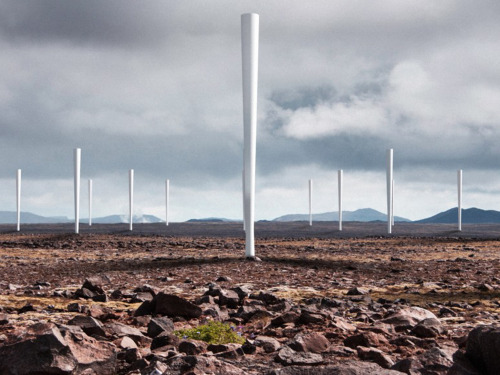
Bladeless wind turbines generate electricity by shaking, not spinning
Scientists hope to hugely reduce the cost of wind energy by removing the blades from wind farms, instead taking advantage of a special phenomenon to cause the turbines to violently shake.
Vortex, a startup from Spain, has developed the tall sticks known as Bladeless — white poles jutting out of the ground, that are built so that they can oscillate. They do so as a result of the way that the wind is whipped up around them, using a phenomenon that architects avoid happening to buildings and encouraging it so that the sticks shake.
They do so using vortices, which is where the company gets its name from. The bladeless turbines use special magnets to ensure that the turbines are optimised to shake the most they can, whatever speed the wind is travelling at.
As the sticks vibrate, that movement is converted into electricity by an alternator.
Shaken: cocktail kits by mail


Shaken is a UK startup that sells subscriptions to “the best cocktails you’ve ever made.” Every month, they send you a handsome box with several bottles of rare and delicious booze, small-batch bitters, and a cocktail recipe explaining the history, chemistry and practice of some classic or novel cocktail.
You bring this stuff into your kitchen and play with it, mixing drinks according to the recipe or its variants, or your taste, according to your preference. They supply everything except ice, fruit, shakers and glassware, and each box has enough booze for four drinks.
The Shaken folks took over my old offices in London when I moved to LA this summer and I got to try some of their packages before I left. They turned me on to what is literally some of the best booze I’ve ever drunk (particularly the Plantation rums, which are finished in Cognac casks and taste like nothing you’ve ever tried before – there’s one that finishes exactly like a smoky Islay, which is indescribably brilliant).
Shaken doesn’t assume that you’re a hardcore cocktail fan, and the recipes are simple to follow. But they strike a great balance for people who want to go beyond, with ideas for refining and improving the basic recipe.
The boxes are no-obligation and you can skip a box any time you feel like it.
Read the rest


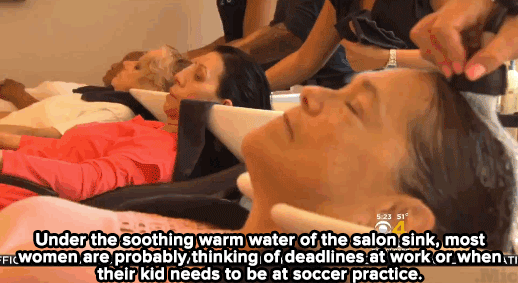

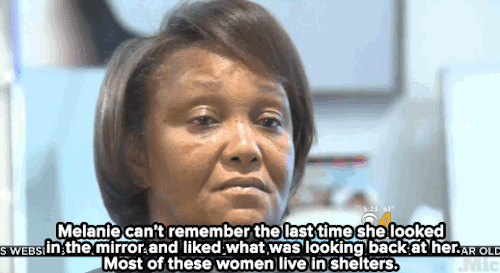
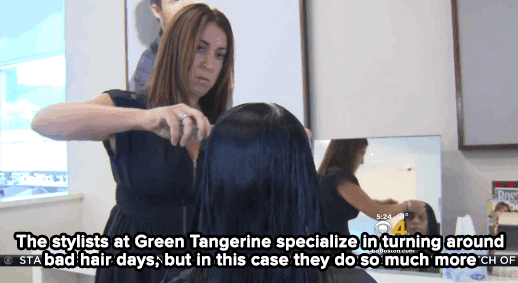
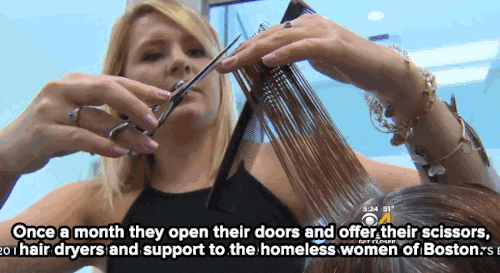

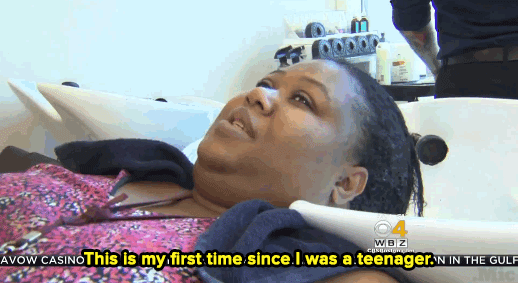
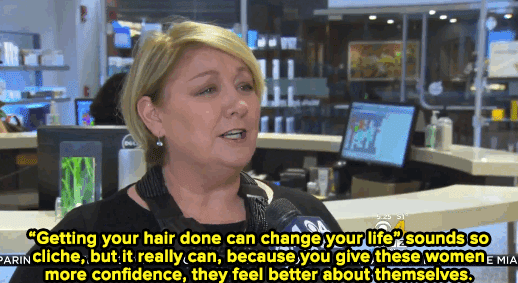
Watch: A haircut may not solve homelessness — but it can make all the difference for these women.
Follow @stylemic

I think it’s a cool engineering experiment but if he really is pursuing this to give green spaces to under served urban communities, then proposing it to be built in LES is fallacy. That area already has parks close by and is inhabited by at least the upper 30% (economically) of the city. What would be spectacular is if the technology they’ve developed for channelling sunlight could be used in subway stations that people already use. Plants and sunlight there would make the lives of millions of commuters across the subway network so much better. This disused trolley place should be made into an urban farm me thinks :)

From the air, the coast of Greenland appears vast and tranquil. Hundreds of fjords, their surfaces a mirror of blue sky and cloud bottoms, divide the territory. In the gaps between them, the terrain folds over itself, hill over hill, descending into obsidian lakes. The turf is covered in the waxy pastels of alpine dwarf willows and the dull white of age-bleached lichen.
Though an immense ice sheet sits in its interior, Greenland’s ice-free coast encompasses almost 159,000 square miles and and houses 57,000 people. In other words, it is larger than Germany with a population half the size of Topeka, Peoria, or New Haven. It is possible to stand on a hill outside the coastal town of Ilulissat and hear only the grass quaking, the harbor ice dully grinding against itself.
I visited Greenland because, lately, the land here has gone soft, and disquieting things threaten to wake in it.
Continue Reading.

Earlier this year, BioDigital partnered with About.com to provide interactive visualizations for common health conditions. Patients searching for information about Type 2 diabetes, for instance, are presented with a 3D model of a cell’s response to insulin, in which they can explore the process from different angles while toggling between diabetic and normal cell function.
What’s revolutionary about the API launch, though, is that now developers can personalize the BioDigital human by integrating their own imaging data, movement data collected by wearables, and health record data, among other sources.
So essentially, instead of clicking around the standard human model on About.com, we could soon be exploring 3D models of our own bodies, constructed with our unique health data.
For athletes especially, the immediate advantages of virtually replicating a moving body are obvious. If you can see exactly which movements inflict pain or stress on your body, it’s much easier to understand how to avoid them.
For medical professionals, though, the ability to visualize vast amounts of health data in real time via the BioDigital human has the potential to change the way new information is analyzed and consumed.
“The human body is this incredible system of systems, and there’s an infinite amount of detail,” says Sculli. “So we can start mapping cellular mechanisms, and genomic and brain activity, and all of this information that’s being collected in masses from research and wearables, and make it consumable for people.”
(via 3D Modeling Startup BioDigital Launches An API For The Human Body | TechCrunch)

Next-Gen Pelamis Wave Energy Converter Successfully Passes Initial Tests
-
 hummyboi liked this · 9 years ago
hummyboi liked this · 9 years ago -
 dotmpotter reblogged this · 9 years ago
dotmpotter reblogged this · 9 years ago -
 dr-beakman reblogged this · 9 years ago
dr-beakman reblogged this · 9 years ago -
 savannahhutch reblogged this · 9 years ago
savannahhutch reblogged this · 9 years ago -
 lithenite liked this · 9 years ago
lithenite liked this · 9 years ago -
 joydevision liked this · 9 years ago
joydevision liked this · 9 years ago -
 point-of-origin liked this · 9 years ago
point-of-origin liked this · 9 years ago -
 eneul-lorac liked this · 9 years ago
eneul-lorac liked this · 9 years ago -
 morgasmatron reblogged this · 9 years ago
morgasmatron reblogged this · 9 years ago -
 mikejschmitz liked this · 9 years ago
mikejschmitz liked this · 9 years ago -
 koalastick reblogged this · 9 years ago
koalastick reblogged this · 9 years ago -
 cam--od liked this · 9 years ago
cam--od liked this · 9 years ago -
 redinkstone168 liked this · 9 years ago
redinkstone168 liked this · 9 years ago -
 claisserious reblogged this · 9 years ago
claisserious reblogged this · 9 years ago -
 counter-intelligentsia liked this · 9 years ago
counter-intelligentsia liked this · 9 years ago -
 perpetualcollapse reblogged this · 9 years ago
perpetualcollapse reblogged this · 9 years ago -
 omisan liked this · 9 years ago
omisan liked this · 9 years ago -
 tatiemarieho liked this · 9 years ago
tatiemarieho liked this · 9 years ago -
 callmelauzo liked this · 9 years ago
callmelauzo liked this · 9 years ago -
 seth314 liked this · 9 years ago
seth314 liked this · 9 years ago -
 humanscalecities reblogged this · 9 years ago
humanscalecities reblogged this · 9 years ago